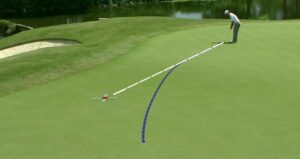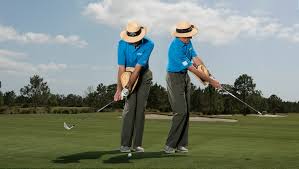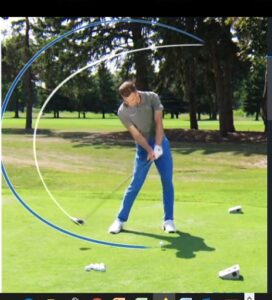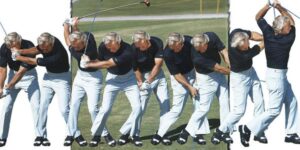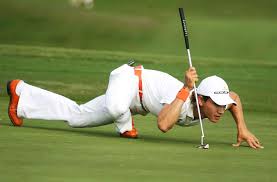The world is trying to cope with Covid19 but we need to start thinking about recreational activities during the recovery period. Social distancing is the most effective way to limit your chance of contracting this deadly virus. Isolation also takes its mental toll and we all need to get outside. Walking or riding a bike are good options but we should considered playing golf while practicing social distancing.
I recently signed a petition to help governments consider the benefits of golf as a serious option to maintain our health without jeopardizing the health of others. Golf is one of the few sports that can be played while applying personal distancing. I was pleased to see this map showing that 48% of golf courses in USA have been opened in April. Please pass this email on to your government representative and to the Management of any golf courses in your area.

In Early April the National Golf Foundation announced that 48% of golf courses in USA are open. Please pass this along to your Private and Public Golf Clubs. We need the exercise and golfers will support Safe Distancing.
Recommendations for Safe Golf: [AVOID PERSONAL CONTACT]
1/ Payment: Select Tee Times and make payments on-line for your chosen course. Print out your confirmation and use it as an entry form at the #1 tee. By signing up to a Tee Time every golfer must agree to play under Social Distancing rules.
2/ Registration at the Course: Each course will have to sort out and manage 4somes at the first tee as all fees should have been paid on-line. Players can bring their own pencil and their own score sheet which could be printed out with your proof of purchase receipt.
3/ Carts or Walking: Courses will have the option to provide “sanitized golf carts” for a premium fee where 1 person can ride (or 2 people can ride only if they are partners from the same household). Walking with a 6 foot separation is ideal for exercise and your health.
4/ Flag Poles and Holes: Flag Poles remain untouched and holes can be setup with a rubber ring to prevent balls from going in the holes. The US Golf Association has already approved the use of hole-rings so that scores can be reported for your handicap index calculation.
5/ Ending Your Round: The traditional hand shake is out. An elbow tap, a bow or a tip of the hat are your safest options.
6/ 19th Hole: A tailgate gathering is NOT the best solution as it could cause a lot of interaction in the parking lot so we are recommending a Zoom meeting after the game when everyone can get home (sober and safe), find a beer (favorite beverage) and chew the fat while on line.
Golf is a very individual sport where each golfer can practice on an individual range mat. Driving Ranges and Golf Courses need to open SAFELY WITH SOCIAL DISTANCING. Of course you want to practice with your GOLFSTR+ for every swing in your game. Buy one today at www.GOLFSTR.com
Golf Truism #3: There is no such thing as a friendly wager.



